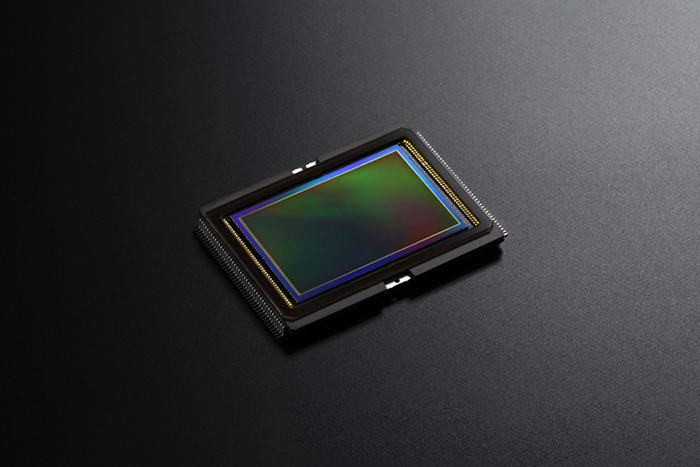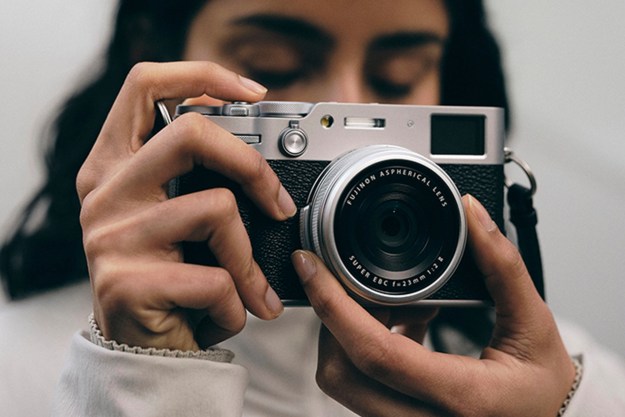
The details in the press release are rather verbose, but in its simplest form, Hitachi’s camera uses a specialized piece of film in front of the image sensor to direct the light onto the sensor in a particular pattern.

The information captured by the sensor is then used to reconstruct the image with the help of specialized algorithms. Since depth information is captured in addition to overall exposure, Hitachi says the technology allows the image to be refocused after capture, similar to how Lytro’s light field cameras work, albeit at a much smaller level.
It’s safe to assume the quality of the image won’t be nearly as impressive as those captured with traditional cameras. But Hitachi’s goal isn’t to replace traditional cameras. Instead, Hitachi hopes the small size of these cameras will enable manufacturers to place cameras in places where it was previously unfeasible due to size and weight constraints.
Specifically, Hitachi said it expects the cameras to be used in automated driving, human-behavior analysis, robotics, and mobile devices. Mobile devices could technically be a reference to smartphones, but it’s more likely Hitachi is referencing other handheld devices for more commercial purposes.
This isn’t the first time a lensless camera has been developed. There are already lensless cameras designed for smartphones, but given how small more traditional camera systems have become, the decrease in quality doesn’t make up for the reduction in size.




